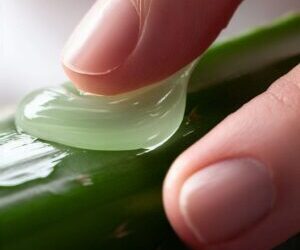Traditionally, people used herbs in their most natural forms – consumed whole, making tinctures and poultices from them. Today, herbal remedies are used in many folk medicine practices and traditional healing systems. Here are some tips to help you make the most of these remedies. If you are curious about the healing powers of herbs, read on. They may just be the answer to your pain and ailment. These remedies are a natural way to boost your immune system and protect you against disease.
One herbal remedy for the digestive tract is peppermint. The vapors of peppermint and spearmint are believed to relieve congestion and coughs. Peppermint contains volatile oils that have antimicrobial and antispasmodic properties. Brew a cup of peppermint tea with one tablespoon of fresh leaves. Drink it three times a day for relief of cough and congestion. Peppermint is very effective for curing a number of different ailments, including asthma and a cough.
Another herbal remedy is the healing salve. This cream contains herbs infused in oil and is made from vitamin E capsules and grated beeswax. It will cool to a semi-firm consistency and is best applied to skin that is aching or hurting. It is also recommended that you seek medical attention if the burn is too severe to treat on your own. But if your burn is mild, a healing salve will do the trick.

Many herbal remedies have been studied, but only a few have undergone extensive testing. The majority of herbal remedies are safe to use when used in appropriate dosages. To avoid adverse side effects, it’s important to consult with a health care professional and read about the herbs’ ingredients. It is important to note that many herbs have specific contraindications. They are not recommended for use by pregnant women or people with certain medical conditions. Some are even toxic if used in high doses.
Another herbal remedy that is widely available is tinctures. These are concentrated forms of fresh herbal remedies that retain their medicinal potency for years. They are made from chopped fresh or dried herbs and good-quality alcohol. The proportion of alcohol to water depends on the herb. Once the tincture is made, it’s sealed with an air-tight lid. It should steep for about two weeks or so. The longer the herbs are steeped, the more effective they are.
One recent study examined the use of herbal remedies by Latino/Hispanic immigrants with type 2 diabetes. The results showed that most of these Latino/Hispanic patients reported using herbal remedies concurrently with their prescribed diabetes medications. Most also reported that they did not disclose their herbal remedy use to their health care providers. Educators of Latino/Hispanic populations should ask their clients about their use of herbal remedies. Herbal products are effective for diabetes management. Infusions of herbs are a convenient way to take a supplement. They can be prepared with dried powdered herbs and are typically available in capsule form. Each capsule contains approximately 200-250 mg of the herb and should be stored in dark glass containers. Infusions can also be used in mouthwashes, enemas, and douches. These herbal remedies can also be made into a tea. If you want to take them internally, make sure they are water-soluble.

![Blog-_3-Ayurvedic-Diet_-Healthy-Eating-Plan-_-Lifestyle-1[1]](https://ayurvedluxury.com/wp-content/uploads/2022/04/Blog-_3-Ayurvedic-Diet_-Healthy-Eating-Plan-_-Lifestyle-11.jpg)







